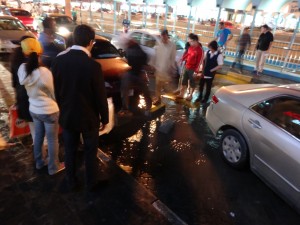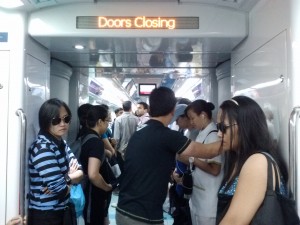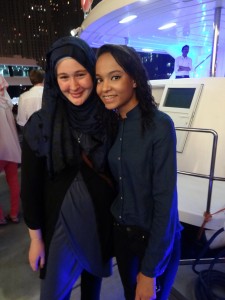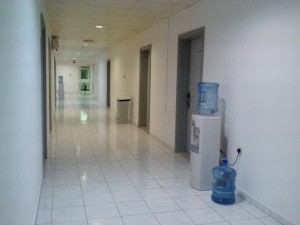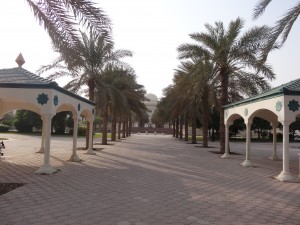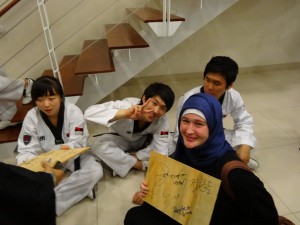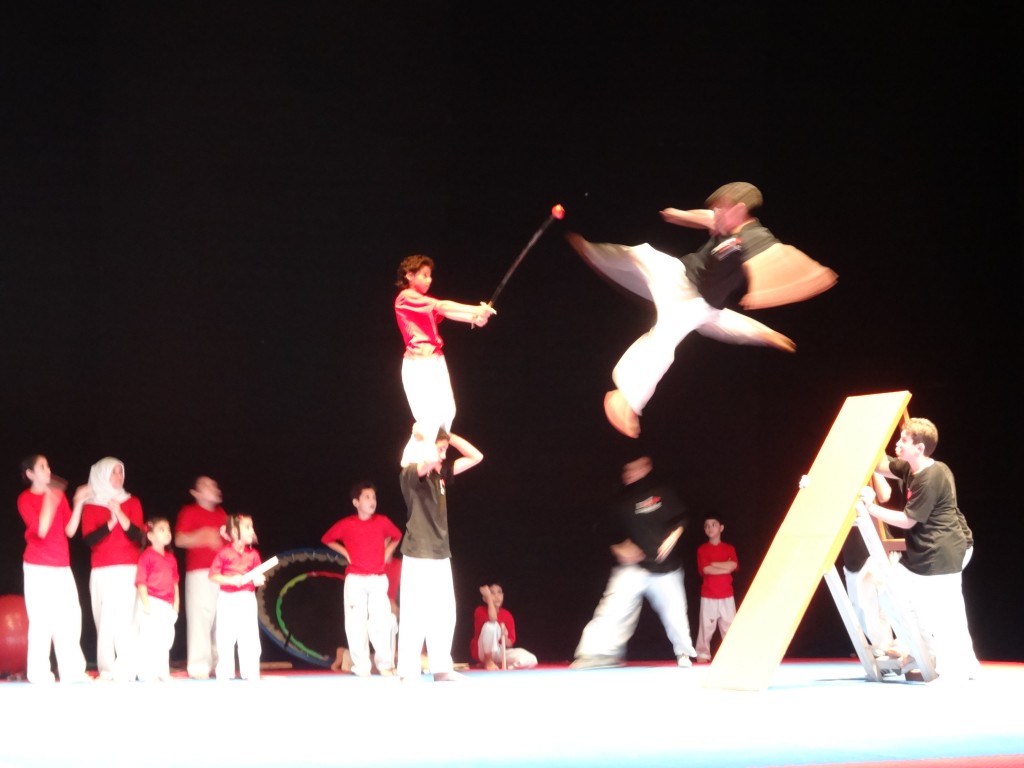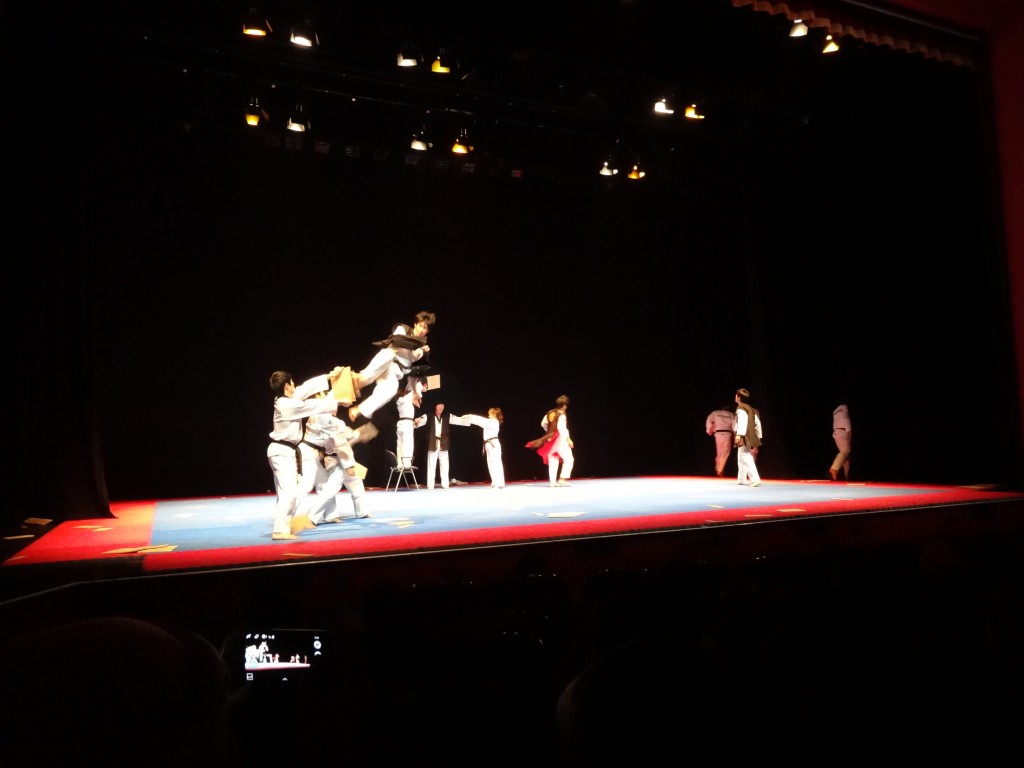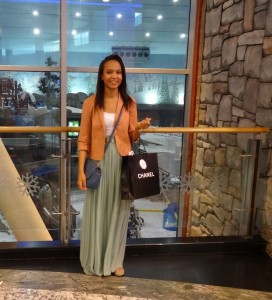
Designer brands are popular here. Most students have a designer something, even if it’s just one pair of sunglasses or a bag. This is primarily because AUS is expensive, so the students who can afford coming here without scholarships are financially comfortable enough to afford designer brands. And some enjoy showing it off. I will never forget the day I accidentally kicked some girl’s Prada bag that she brought to class, nor how happy I was that she didn’t notice. Yes, some students actually use Prada bags instead of backpacks.
The first conclusion I jumped to was that everyone with designer brands is rich. This isn’t the case. There are no taxes in the UAE, compared to around 35% income taxes in the US, not to mention sales tax on every American purchase. No taxes frees up more income for more shopping. Although some people buy designers without a second thought, most people see it as an investment. As one girl put it, she would rather pay extra for a quality shirt she loves, instead of a cheap shirt she just likes. However, she was referring to purchasing from Zara versus Forever 21, not Prada versus TJ Max.
Although a university hoodie and shorts were in fashion back home – with the occasional person in their pajamas – that would look out of place here. Students at AUS put effort into looking good, and this ranges from girls wearing a pound of make-up and a designer abaya, to girls who fashionably select their clothes at Splash (slightly cheaper than Forever 21, and often made fun of for being cheap), with everything in between. The key isn’t spending tons of money on an outfit, rather it’s putting the outfit together well.
So for those planning on coming to the UAE, bring clothes that look presentable and go well together. Leave the extra pajamas and sweats at home. Or if you’re feeling adventurous, you can get an abaya and wear whatever you want underneath. I have three, and each one is a new excuse to not get dressed in the morning.
